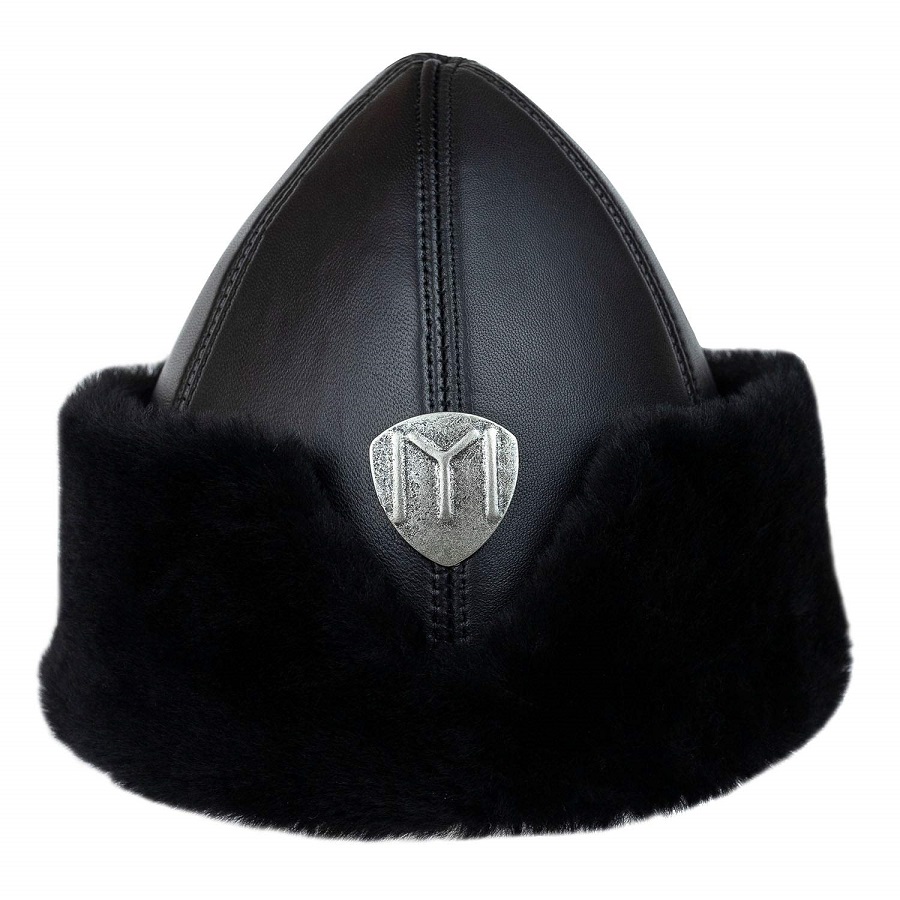Introduction
The Turkish hat, particularly the fez, represents a rich tapestry of cultural history, identity, and symbolism that spans centuries. This distinctive headgear is not just an accessory; it is a powerful emblem of tradition, social status, and national pride. To understand its significance, we must delve into the origins, evolution, and cultural impact of the Turkish hat within the broader context of Turkish and Islamic civilizations.

Historical Origins
The history of the Turkish hat can be traced back to the Ottoman Empire, which was established in the late 13th century and lasted until the early 20th century. The fez, a conical cap made from felt, is perhaps the most recognized type of Turkish hat. Its origins are believed to have been inspired by the Moroccan city of Fez, where similar styles were worn. However, the fez gained prominence in Turkey during the 19th century, especially under the reign of Sultan Mahmud II, who sought to modernize the empire and create a sense of national identity.
Initially, the fez was worn primarily by men of higher social status, including soldiers, scholars, and public officials. Its color, typically red with a black tassel, symbolized bravery and nobility. Furthermore, the fez was an essential part of the uniform for various state officers, signaling both duty and prestige.
The Fez as a Symbol of Modernization and Identity
The 19th century was a time of significant change in the Ottoman Empire, with Western influence permeating various aspects of Turkish life, including fashion. The fez became a symbol of modernization, representing a break from traditional headgear like the turban. While the turban was associated with religious conservatism, the fez became emblematic of a secular, progressive Turkey.
Under the Young Turks movement and later Mustafa Kemal Atatürk’s reforms in the early 20th century, the fez was often juxtaposed with modernization and Westernization efforts. Atatürk, in particular, viewed the fez as a relic of the past, and in 1925, the Turkish government officially banned its use in favor of Western-style hats. This decision was not just about clothing; it was also about shaping a new national identity in the post-Ottoman era.
The Cultural and Religious Symbolism of the Turkish Hat
Beyond its historical significance, the Turkish hat also carries deep cultural and religious meanings. In Muslim societies, headgear often signifies piety, respect, and social hierarchy.
In addition, the hat has become intertwined with Turkish national identity. While the ban on the fez may have aimed at modernity, many Turkish citizens continued to associate it with their heritage.
The Fez in Contemporary Culture
In modern Turkey, the fez is often relegated to cultural representations, tourism, and historical celebrations. It appears in folk dances, festivals, and traditional Turkish performances, serving as a visual link to the nation’s past. Many Turkish citizens wear the fez during national holidays and celebrations, particularly during the Republic Day festivities. In this light, the fez is not just a relic of the past; it symbolizes resilience and continuity in the face of change.
Moreover, the fez has gained recognition outside Turkey, becoming a popular symbol among diaspora communities. It often appears at cultural events and in local museums, connecting Turkish expatriates with their heritage while also serving as an educational tool for others to understand Turkey’s layered history.
The Fez in Art and Literature
The cultural significance of the Turkish hat extends into various forms of artistic expression. In literature, writers have often utilized the fez as a symbol of the Ottoman Empire’s glory and the complexities of Turkish identity. Prominent authors like Orhan Pamuk have referenced the fez as a part of the modern Turkish experience, exploring themes of nostalgia and cultural duality.
Visual artists, too, have incorporated the fez into their works. Paintings, sculptures, and installations celebrate its aesthetic beauty while provoking dialogue about tradition and modernity. These artistic renditions serve to inspire young Turks to explore their identity and challenge conventional narratives.

The Fez: Symbol of the Ottoman Empire
One of the most well-known symbols of Turkish headwear is the fez, a cylindrical, felt hat that originated in the city of Fes in Morocco. Imported to the Ottoman Empire in the 19th century, the fez quickly gained popularity and became a hallmark of Ottoman identity. Made from wool or felt, often in deep red and adorned with a black tassel, the fez represented modernity, sophistication, and Western influence.
In the mid-19th century, Sultan Mahmud II initiated a series of reforms known as the Tanzimat, aimed at modernizing the empire. By embracing the fez, the Ottomans sought to project an image of modernization and alignment with European trends, signifying a break from a more conservative past.
Despite its official endorsement, the fez was met with resistance from many traditionalists. It became a potent symbol of division between modernists and conservatives, illustrating the societal tensions within the empire. The fez’s significance further heightened when the Republican era began in 1923 with the establishment of the Republic of Turkey under Mustafa Kemal Atatürk. Atatürk famously outlawed the fez in favor of Western attire as a means of promoting secularism and modernity, marking a paradigmatic shift in Turkish fashion.
The Turban: A Traditional Attire
Before the rise of the fez, the turban had been a prominent element of Turkish and Middle Eastern culture for centuries. Often associated with Islamic scholars, leaders, and the general populace, the turban served not only as a piece of headwear but also as a representation of social status, regional identity, and cultural heritage.
Turban styles varied widely across different regions of Turkey and carried with them cultural connotations. For example, the “Topuz,” a traditional Turkish turban, was worn by men of various classes, while more elaborate styles were reserved for the elite and religious figures. The layering and wrapping techniques of turbans communicated a sense of artistry and individuality, with colors and fabrics often signifying cultural narratives.
Even after the introduction of the fez, the turban maintained its significance among conservative sectors of society. In rural areas and among certain religious communities, the turban continued to symbolize tradition and religious piety. The friction between the progressive movement symbolized by the fez and the conservatism represented by the turban underscored the social dynamics of early 20th-century Turkey.
Post-Republican Transformations
Following the establishment of the Republic of Turkey, the landscape of headwear underwent further transformation. Atatürk’s sweeping reforms not only abolished the fez but also encouraged Western-style hats. The adoption of the chic, European hat reflected broader aspirations for modernization and secularism, aligning with the government’s vision of a progressive, unified national identity.
As industrialization progressed in Turkey, the rise of the bourgeoisie brought about a change in fashion among the middle class. Western hats, such as fedoras and berets, gained popularity as symbols of cosmopolitanism and upward mobility.
The Contemporary Landscape
In contemporary Turkey, headwear has once again regained prominence, often serving as a medium for expressing one’s identity. The resurgence of interest in traditional and regional attire is evident, particularly among younger generations seeking to connect with their cultural roots. Festivals celebrating Turkish heritage often feature a variety of hats, including both modern interpretations of the fez and elaborate turbans.
There has also been a growing trend in fashion that fuses traditional elements with contemporary styles. Designers incorporate historical motifs into modern headwear, creating pieces that tell stories of cultural heritage while appealing to a global audience. The blend of tradition and modernity in fashion reflects the dynamic nature of Turkish society.
With the rise of social media, fashion influencers have played a pivotal role in reinterpreting traditional headwear. Platforms such as Instagram and TikTok allow for the sharing of trends that celebrate the rich history of Turkish attire while injecting it with fresh creativity. The revival of headwear in Turkish fashion—a blend of the fez, turban, and other traditional styles—demonstrates the fluidity of cultural expression.

Conclusion
The Turkish hat, particularly the fez, is a fascinating cultural artifact that encapsulates a journey through history, identity, and transformation. As a symbol of the Ottoman Empire, a representation of modern Turkish nationalism, and a cherished connection to cultural heritage, the fez transcends its material form. It embodies the collective memories of a people navigating the currents of time, tradition, and modernity.
As Turkey continues to evolve in the 21st century, the fez remains an enduring emblem of cultural pride and identity. Whether worn during national celebrations, depicted in artistic endeavors, or simply appreciated for its historical value, the Turkish hat serves as a poignant reminder of the nation’s rich heritage and the complexities of its cultural narrative. Embracing its past while looking toward the future, the Turkish hat invites both reflection and exploration in a world that is as multifaceted and vibrant as the stories it tells.
